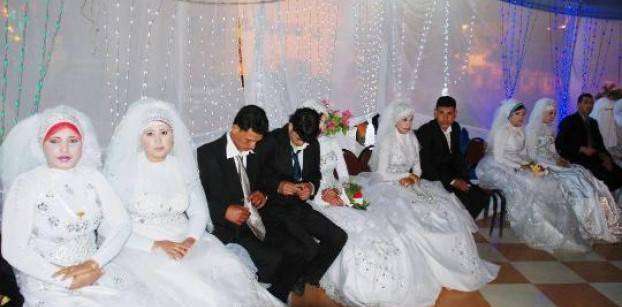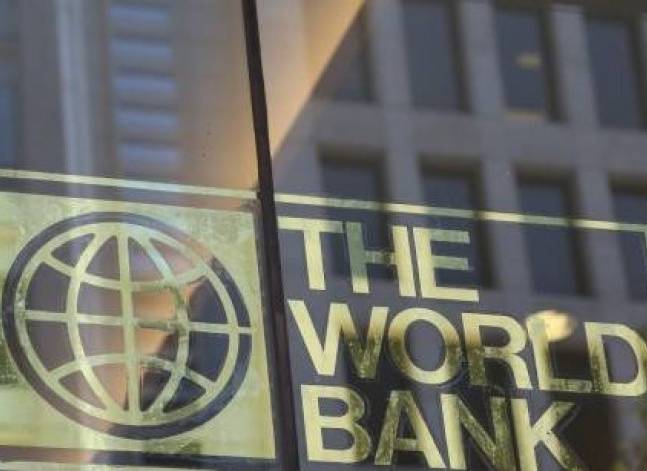Divorces up by 10.8 per cent in 2015 - official statistics agency

Group wedding in Egypt, Aswat Masriya
CAIRO, Jul 5 (Aswat Masriya) – Egypt saw about 200,000 divorce cases during 2015, which marks a 10.8 per cent increase in divorces from the previous year, the official statistics agency revealed on Monday.
The total number of divorces in 2015 reached 199,867 in comparison to 180,244 in 2014, the Central Agency for Public Mobilisation and Statistics (CAPMAS) said in its annual report on marriages and divorces.
The majority of divorces granted by court rulings are through Khula', estimated at 67.6% of the total for 2015, while the lowest was due to the imprisonment of the husband, which constituted 0.08% of the cases.
Egyptian women were granted the right to initiate a no-fault divorce,Khula', in 2000, where they are allowed to obtain a divorce in the court without the husband's consent, provided they relinquish any claim to their dowry or alimony.
The national divorce rate slightly increased to 1.7 per cent with 969,399 documented in 2015 in comparison to 953,137 in 2014.
Rural areas: Most marriages and least divorces
The majority of marriages are registered in the rural areas, estimated at 57.7 per cent, compared to 42.3 per cent in the urban areas, which saw 57.4 per cent of the divorces.
Most marriages: 20-30 age group
The report revealed that most men (42 per cent) marry between the age of 25 and 30, while most women (37.6 per cent) marry between the age of 20 and 25.
Men between 60 and 65 years and women over 65 years had the lowest marriage rate.
Most divorcees among men are between the ages of 30 and 35 estimated at 19.8 per cent, while the 18-20 age group are the least likely to get divorced. Among women, the highest divorce rate is documented between the age of 25 and 30, accounting for 21.3 per cent of the total, while those over 65 years had the lowest divorce rate, as it stands at 0.7 per cent.
Divorce … why not?
The head of the Gender Program at the Egyptian Initiative for Personal Rights, Dalia Abdel Hamid, believes that the increase in divorce rates isn’t alarming, as it is better for a woman to get divorced than to continue in a marriage where she suffers abuse.
"Divorce isn’t the issue, on the contrary, in some cases it empowers the woman and alleviates her suffering. The society needs to change their perspective on divorce and stop shaming and labelling divorced women," Abdel Hamid said.
She explained that the increase in Khula' rates reflects an increase in number of women who are forced to give up their financial rights to get their freedom.
Linkage of domestic violence and divorce
Another women’s rights worker, Essam Shaaban, believes that the increase in divorce rates is directly linked to the increase in domestic violence cases and violence against women in particular. "Resorting to Khula' is a negative indication that the man rejects divorce and force women to go to court and waive her rights," said Shaaban, the spokespman for the Egyptian Feminist Union
According to the 2015 survey of the economic cost of gender-based violence, 46 per cent of women who were previously married faced some form of violence by their husbands. The survey was conducted by CAPMAS in cooperation with the state-affiliated National Council for Women and the United Nations Population Fund.
The survey indicated that 10 per cent of previously married women suffered from physical, psychological and sexual violence by their partners, while 43% of women who were subjected to violence by their husbands incurred injuries as a result.
"The stressful economic conditions, loss of jobs, unemployment and changing residence are all reasons that increase divorce rates," Shaaban said.









facebook comments